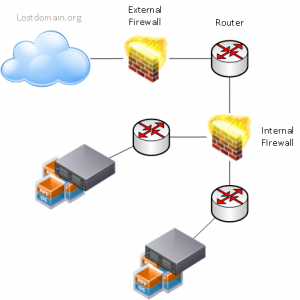This post is part of my VMware VCIX-NV Study Guide. Topics are taken from the blueprint and reordered a bit to make the installation flow make sense.
Documentation
Index
- Deploy the NSX Manager virtual appliance
- Integrate the NSX Manager with vCenter Server
- Implement and Configure NSX Controllers
- Prepare Host Clusters for Network Virtualisation
- Implement NSX Edge Services Gateway devices
- Implement Logical Routers
- Deploy vShield Endpoints
- Implement Data Security
- Create IP Pools
Content
Deploy the NSX Manager virtual appliance
Requirements:
- Working vSphere 5.5 environment (vCenter appliance, ESXi, Management

